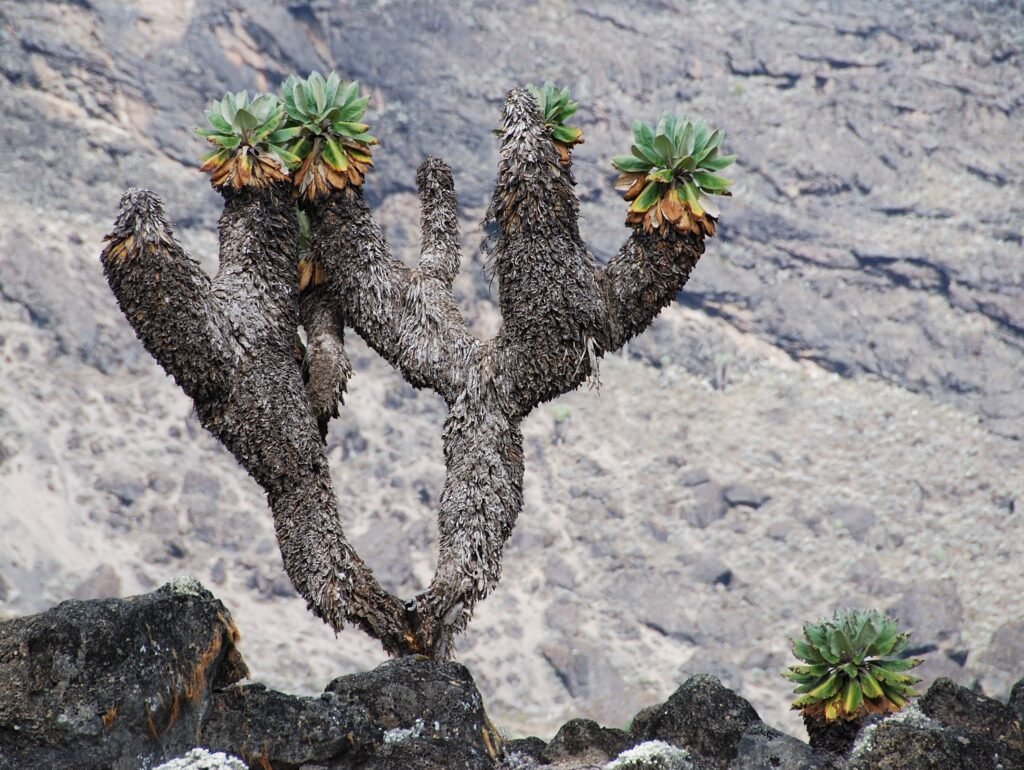Standing on the slopes of Mount Kilimanjaro, you might think you’ve accidentally wandered onto the set of a science fiction movie. Towering above the alpine landscape are bizarre, otherworldly plants that look more like alien sentinels than anything you’d expect to find on Earth. These are the giant groundsels, and they’re about to challenge everything you thought you knew about plant adaptation and survival.
The Alien Appearance That Stops Hikers in Their Tracks
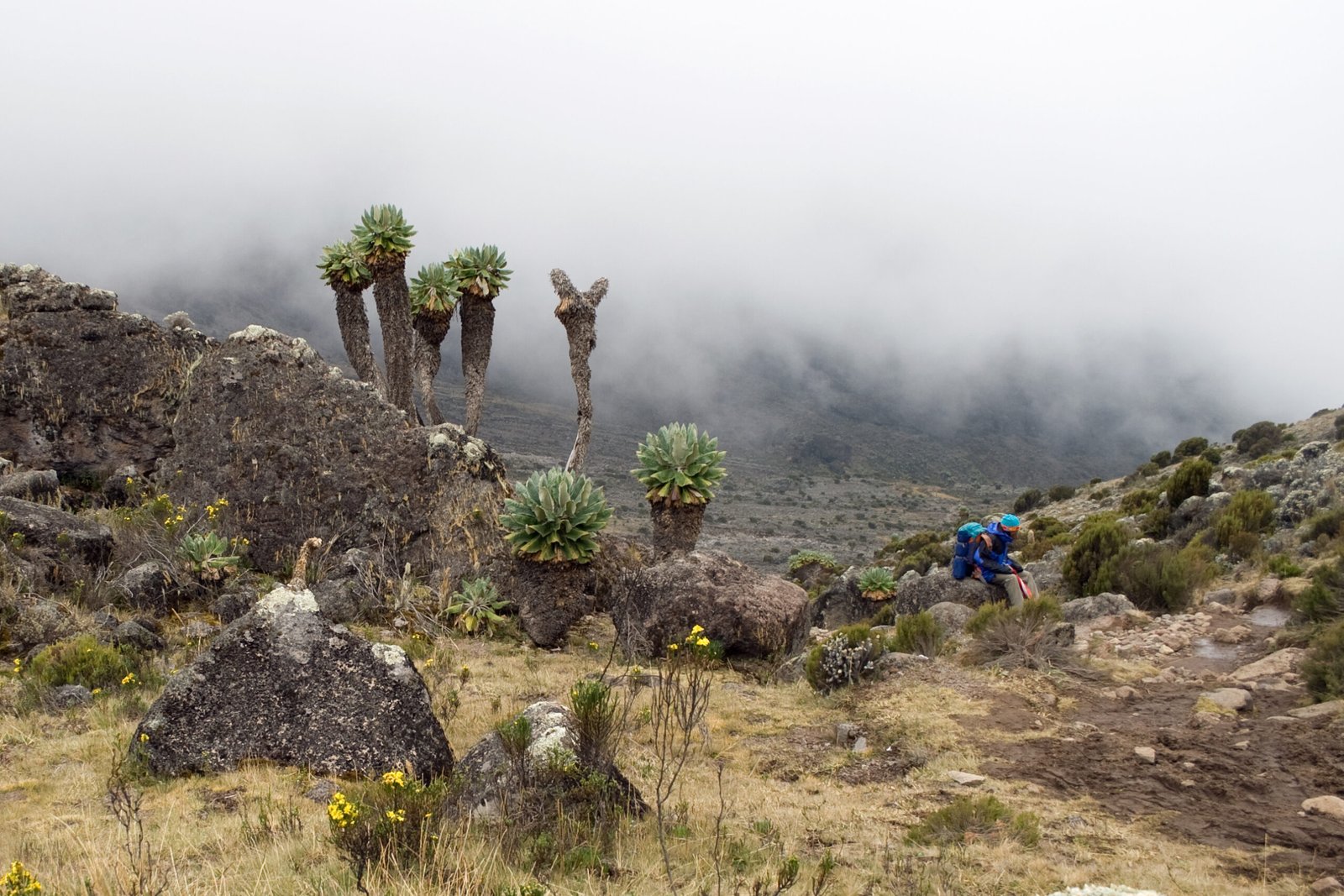
Picture a cabbage crossed with a palm tree, then stretched to the height of a small building. That’s what hikers first think when they encounter Dendrosenecio kilimanjari, the giant groundsel of Kilimanjaro. These plants can tower up to 30 feet tall, with massive rosettes of silver-green leaves crowning thick, unbranched trunks that look like something Dr. Seuss might have dreamed up. The leaves themselves are enormous, some reaching over three feet in length, and they’re covered in a dense coat of silvery hairs that gives the entire plant an ethereal, almost ghostly appearance. When morning mist swirls around these towering giants, it’s easy to understand why so many visitors feel like they’ve stepped into an alien world.
Evolution’s Creative Response to Extreme Altitude
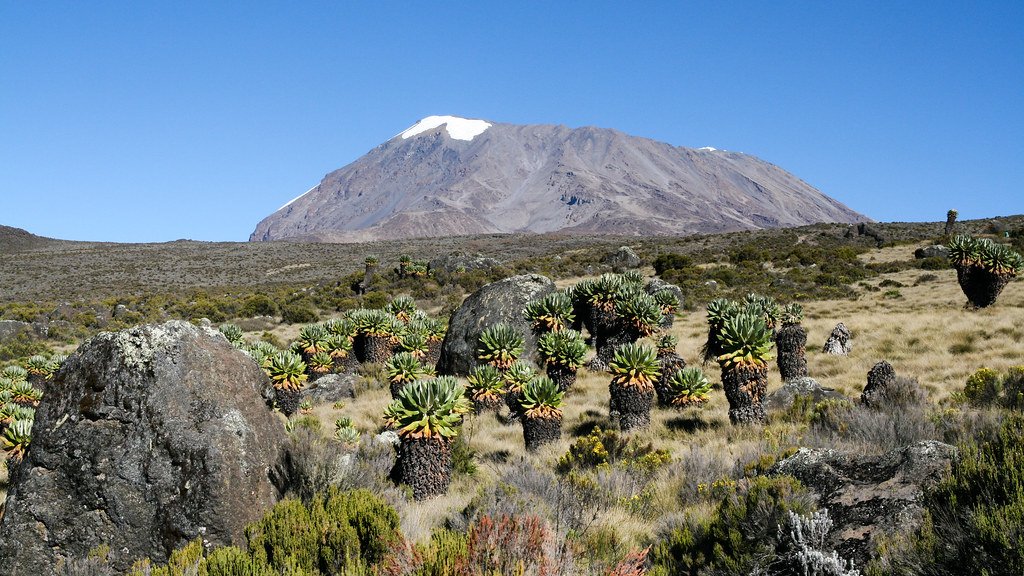
What makes these plants so bizarre is actually a masterpiece of evolutionary engineering. Over millions of years, the ancestors of these groundsels faced an incredible challenge: how to survive at altitudes where most plants would simply give up and die. The solution nature came up with was so radical it seems almost impossible. These plants essentially reinvented what it means to be a groundsel, transforming from small, humble herbs into towering giants that can withstand some of the harshest conditions on the planet. It’s like watching a house cat evolve into a lion, except the transformation happened in plant form and took place in one of Earth’s most unforgiving environments.
The Shocking Temperature Swings That Created These Monsters
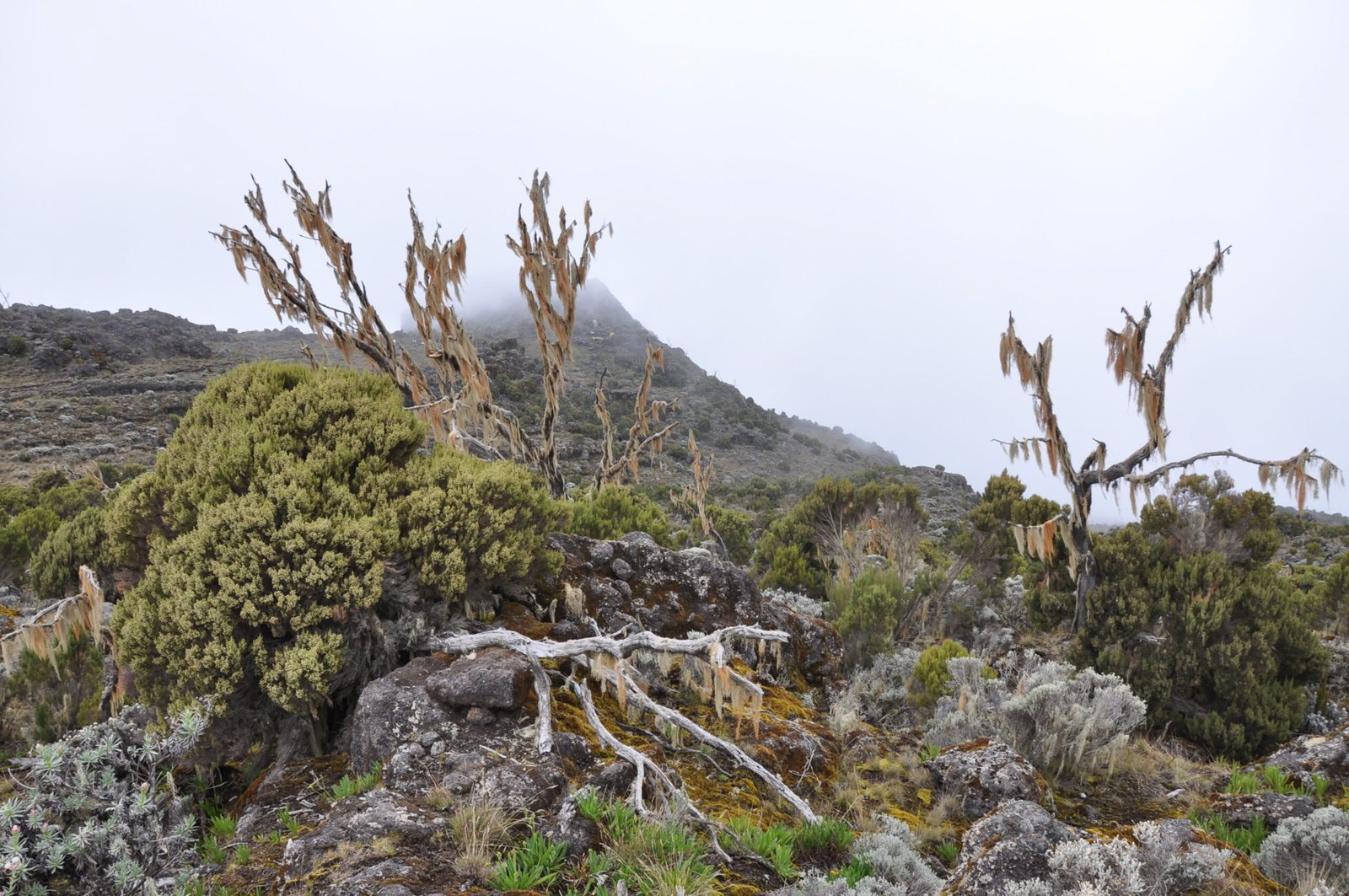
Every single day on Kilimanjaro’s upper slopes, these plants experience what would kill most living things within hours. Temperatures can plummet from a comfortable 60°F during the day to a bone-chilling 20°F at night, a swing of 40 degrees that happens with clockwork regularity. Most plants would freeze solid and die within a week of this treatment, but giant groundsels have developed an almost supernatural ability to cope with these extreme fluctuations. They’ve essentially become living thermostats, with built-in mechanisms that would make any engineer jealous. The fact that they not only survive but thrive in these conditions is nothing short of miraculous, and it’s reshaped our understanding of what plants are capable of achieving.
The Incredible Insulation System Hidden in Those Furry Leaves

Those silvery hairs covering every leaf aren’t just for show – they’re actually a sophisticated insulation system that would make Arctic explorers envious. Each hair traps a thin layer of air close to the leaf surface, creating thousands of tiny insulation pockets that prevent heat from escaping during the frigid nights. It’s like the plant is wearing a custom-designed fur coat, except this coat is made of microscopic plant fibers that never need washing or replacement. The density of these hairs is so perfect that they can maintain leaf temperatures several degrees warmer than the surrounding air, even when frost is forming on nearby rocks. This natural insulation system is so effective that scientists have studied it for inspiration in developing new materials for extreme weather gear.
Water Storage Secrets That Rival Desert Cacti
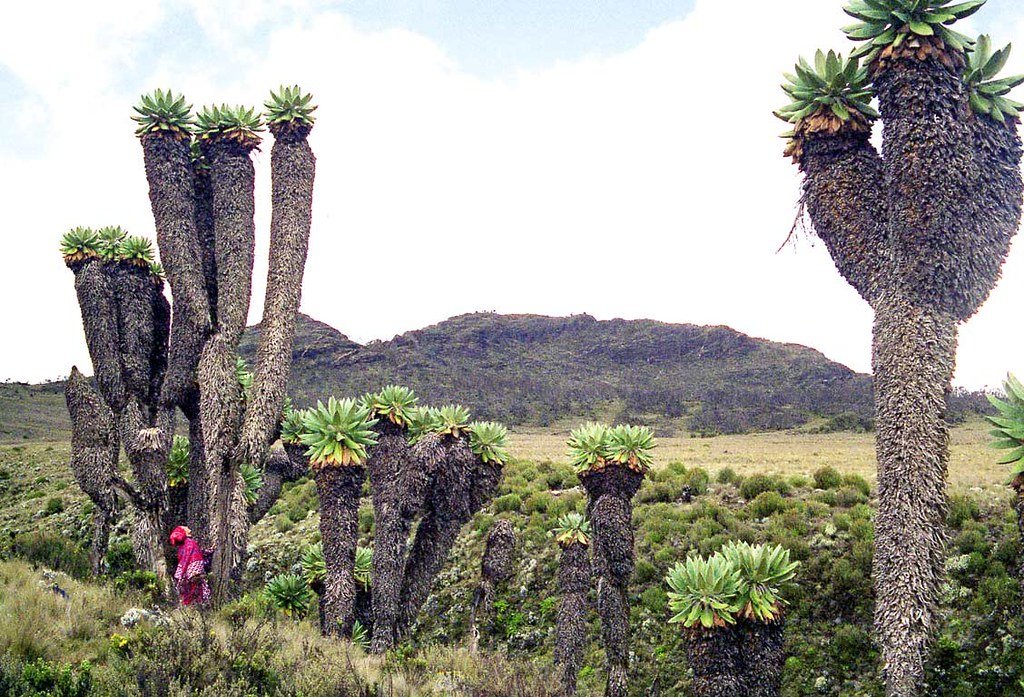
While most people think of water storage as a desert adaptation, Kilimanjaro’s giant groundsels have taken this concept to extraordinary heights – literally. Their massive leaves and thick stems function as enormous water reservoirs, storing enough moisture to survive weeks without rainfall. During the brief rainy seasons, these plants become like living water towers, absorbing and storing every precious drop they can capture. The thick, succulent-like tissues can hold hundreds of gallons of water, which is then carefully rationed throughout the dry periods. This water storage system is so efficient that these plants can maintain their lush appearance even when everything else on the mountain looks parched and lifeless.
The Mysterious Growth Patterns That Defy Logic

Giant groundsels grow in a way that seems to mock everything we know about plant development. Instead of growing steadily throughout the year like most plants, they enter a kind of suspended animation during the harshest months, then explode into growth when conditions improve. Some individuals can remain virtually unchanged for decades, then suddenly shoot up several feet in a single growing season. It’s as if these plants have mastered time travel, slowing down their biological clocks when life gets tough and speeding up when opportunities arise. This stop-and-start growth pattern means that determining the age of these giants is nearly impossible – a plant that looks young might actually be older than your grandparents.
Nighttime Behavior That Resembles Animal Hibernation

As darkness falls on Kilimanjaro, something remarkable happens to these towering plants. The massive leaves, which spread wide during the day to capture sunlight, slowly fold inward like giant hands closing in prayer. This isn’t just a pretty display – it’s a crucial survival mechanism that protects the plant’s growing center from deadly frost damage. The folded leaves create a protective chamber around the plant’s heart, maintaining temperatures that can be 10-15 degrees warmer than the outside air. It’s like watching a plant go to sleep, tucking itself in for the night with the same deliberate care a parent might show when covering a sleeping child.
The Bizarre Flowering Spectacle That Happens Once in a Lifetime

After decades of silent growth, giant groundsels put on one of nature’s most spectacular and heartbreaking shows. When a plant finally reaches maturity, it produces an enormous flowering spike that can stretch 15 feet into the sky, covered with thousands of small yellow flowers that glow like a beacon against the stark mountain landscape. This flowering is the plant’s grand finale – after this magnificent display, the entire plant dies, having put every ounce of its life energy into producing seeds for the next generation. It’s both triumphant and tragic, like watching a firework explode in slow motion, knowing that its beauty marks both a beginning and an ending.
How These Plants Became Giants When Their Relatives Stayed Small

The transformation from tiny herb to towering giant represents one of evolution’s most dramatic makeovers. The common groundsels you might find in your backyard are small, weedy plants that barely reach knee height, but their Kilimanjaro cousins have undergone what scientists call “insular gigantism” – the tendency for species to grow much larger when isolated in extreme environments. This phenomenon is like nature’s version of a superhero origin story, where ordinary plants gain extraordinary powers when faced with impossible challenges. The isolation of Kilimanjaro’s high-altitude environment created a perfect laboratory for this evolutionary experiment, allowing these plants to reinvent themselves completely over millions of years.
The Ancient Forests That Time Forgot

Walking through a grove of giant groundsels feels like stepping back in time to an era when the world was young and anything seemed possible. These plants are living fossils, representatives of ancient lineages that have survived ice ages, volcanic eruptions, and dramatic climate changes that wiped out countless other species. Some of the individual plants standing today began growing when your great-grandparents were children, making them silent witnesses to decades of human history. The groves they form create an otherworldly landscape that seems frozen in time, a reminder that Earth’s story stretches far beyond our brief human experience.
Survival Strategies That Would Impress a Navy SEAL

These plants have developed survival techniques so sophisticated they read like a military survival manual. Beyond their insulation and water storage capabilities, giant groundsels can actually generate their own heat through specialized metabolic processes, essentially becoming warm-blooded plants. They can slow their metabolism to a crawl during harsh periods, conserving energy like a master strategist rationing supplies during a siege. Their root systems spread far beyond what you’d expect, creating underground networks that can tap into water sources hundreds of feet away. Each adaptation represents millions of years of trial and error, resulting in plants that are better equipped to survive in their extreme environment than many animals.
The Shocking Truth About Their Real Age

What looks like a single plant is often actually a complex community that has been growing for centuries. Many giant groundsels develop multiple growing points as they age, creating what scientists call a “clonal colony” where dozens of apparent individuals are actually parts of the same genetic organism. Some of these colonies may be over 1,000 years old, making them among the oldest living things on the African continent. This means that when you’re looking at a grove of giant groundsels, you might be seeing a single organism that was already ancient when medieval castles were being built in Europe.
Why Scientists Study These Plants for Space Exploration

NASA researchers have become fascinated with giant groundsels because their survival strategies offer clues for keeping plants alive in space. The extreme conditions on Kilimanjaro’s slopes – intense UV radiation, temperature swings, low oxygen, and limited water – mirror many of the challenges plants would face on Mars or other planets. The groundsels’ ability to maintain complex life processes under such harsh conditions makes them perfect models for developing closed-loop life support systems for long-term space missions. In a way, these alien-looking plants are helping us prepare for the day when we might encounter truly alien worlds.
The Ecological Engineering That Creates Mountain Oases

Giant groundsels don’t just survive in their harsh environment – they actively engineer it to become more hospitable. Their massive canopies create microclimates underneath that are warmer and more humid than the surrounding landscape, providing shelter for dozens of other plant and animal species that couldn’t survive on the open mountain slopes. They act like living umbrellas, breaking the force of harsh winds and creating pockets of relatively gentle conditions in an otherwise brutal environment. This ecosystem engineering effect means that these plants are keystone species, supporting entire communities of life that depend on the more favorable conditions they create.
The Climate Change Story Written in Their Leaves
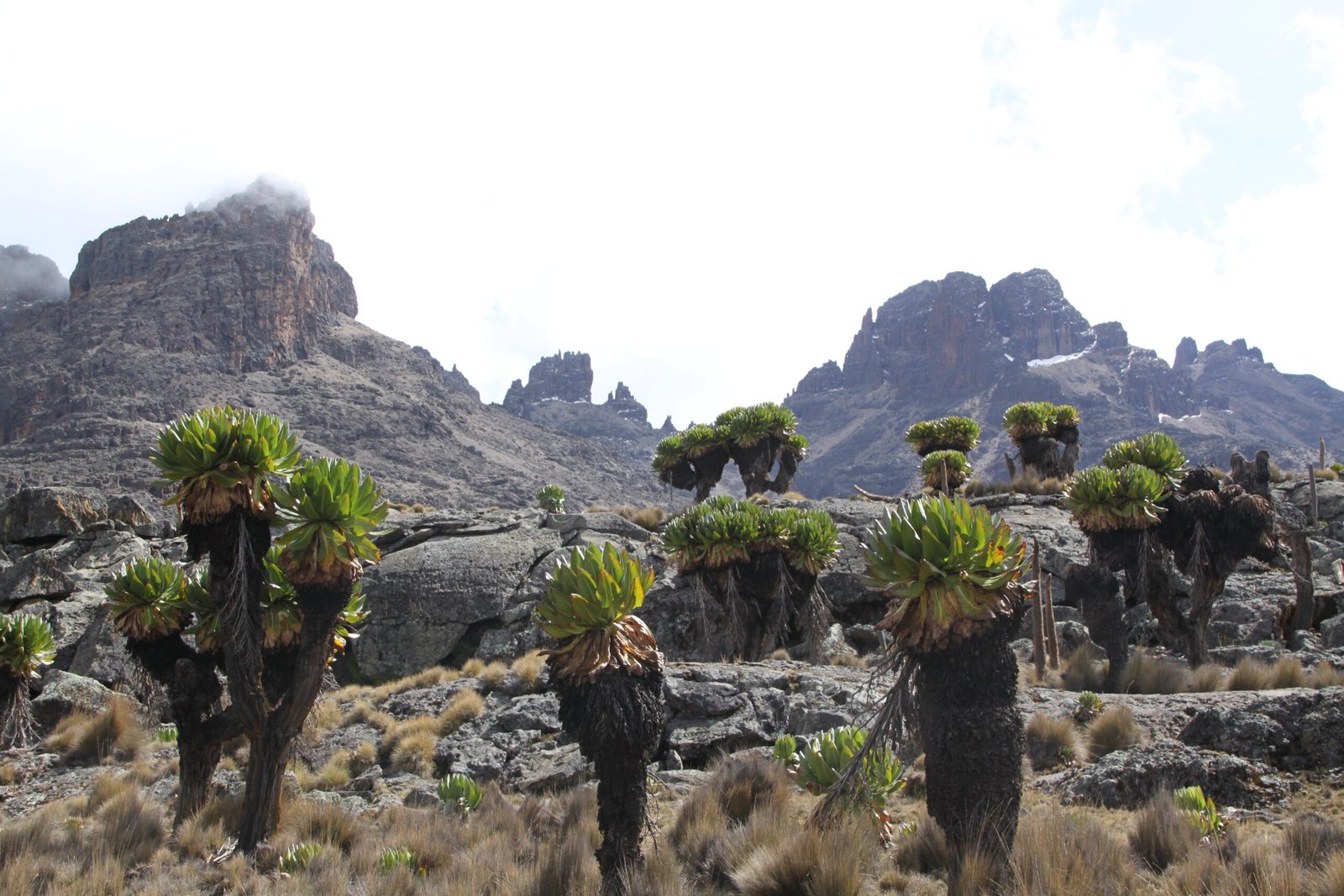
These ancient plants are living climate records, their growth patterns and distribution providing scientists with invaluable data about how mountain ecosystems respond to changing conditions. As global temperatures rise, the zones where giant groundsels can survive are shifting upward, forcing these slow-growing giants to either adapt or face extinction. Their inability to quickly migrate to new locations makes them particularly vulnerable to rapid climate change, turning them into canaries in the coal mine for high-altitude ecosystems worldwide. The story unfolding in their populations provides a preview of what many mountain species may face in the coming decades.
The Conservation Challenge That Keeps Scientists Awake at Night
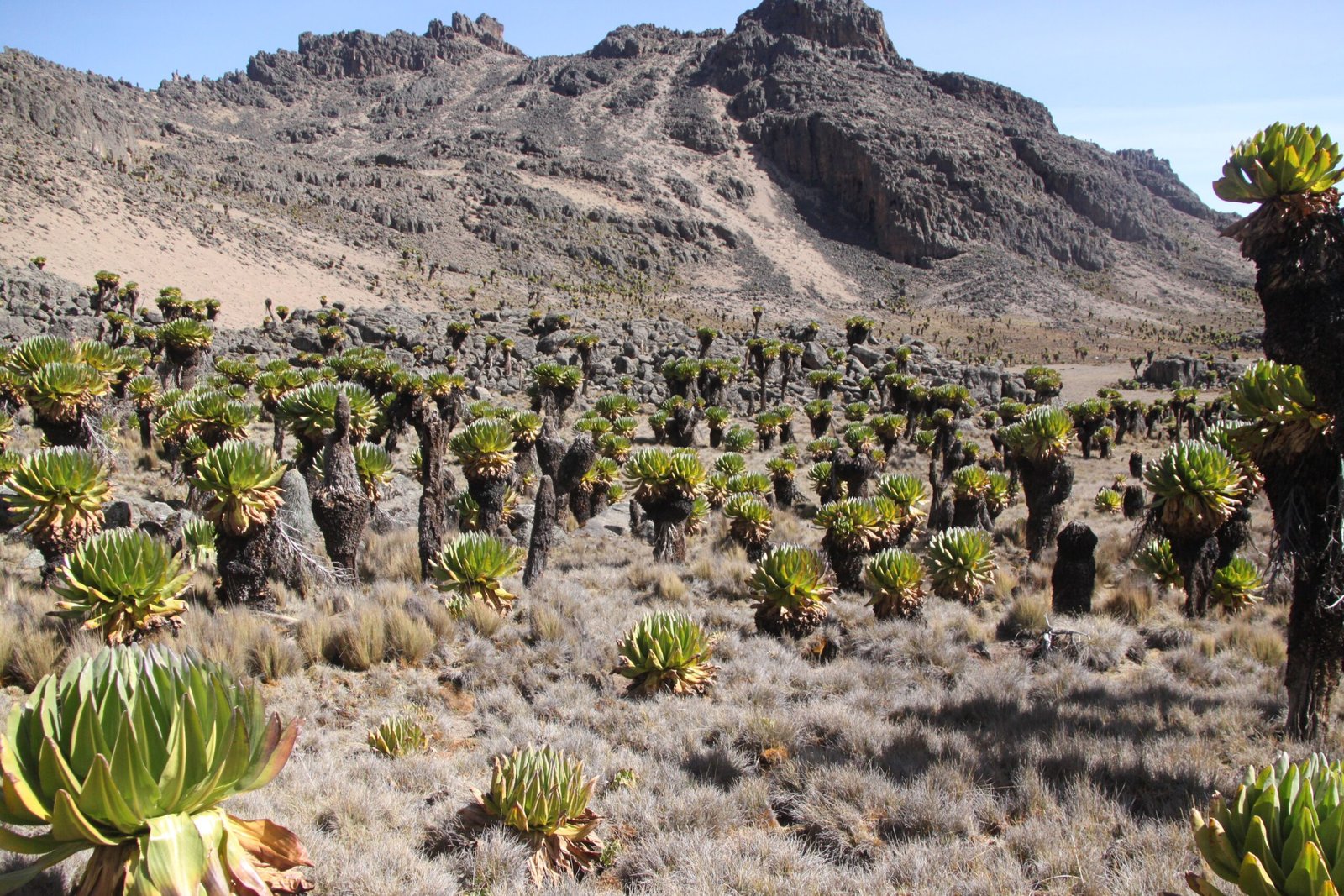
Protecting giant groundsels presents unique challenges that test the limits of conservation science. These plants grow so slowly that damaged populations might take centuries to recover, if they can recover at all. Climate change is pushing their optimal habitat higher up the mountain, but there’s only so much mountain left before they run out of space entirely. Tourism pressure, while generally positive for conservation funding, can damage these fragile plants through trampling and soil compaction around their roots. The long generation times and specific habitat requirements of giant groundsels make them particularly difficult to protect through traditional conservation methods.
The Photosynthesis Revolution That Happens at High Altitude

At elevations where most plants would suffocate from lack of oxygen, giant groundsels have revolutionized the way they perform photosynthesis. They’ve developed a modified version of this fundamental process that works efficiently even when oxygen levels drop to half of what’s available at sea level. Their chlorophyll is arranged differently within their cells, maximizing the capture of the intense but filtered sunlight that reaches Kilimanjaro’s upper slopes. This photosynthetic adaptation is so efficient that these plants can actually produce more energy per unit of leaf area than many plants living in much more comfortable conditions at lower elevations.
The Underground Networks That Connect These Giant Individuals

Beneath the dramatic above-ground display lies an equally impressive underground network that most visitors never see. Giant groundsels develop extensive root systems that can extend 50 feet or more from the base of the plant, creating underground highways that connect individual plants across vast distances. These root networks allow plants to share resources during tough times, with healthier individuals literally feeding their struggling neighbors through underground connections. The mycorrhizal fungi that partner with these roots create an even more complex network, forming what scientists now recognize as a “wood wide web” that facilitates communication and resource sharing across entire mountain slopes.
The Pollination Mystery That Scientists Are Still Solving
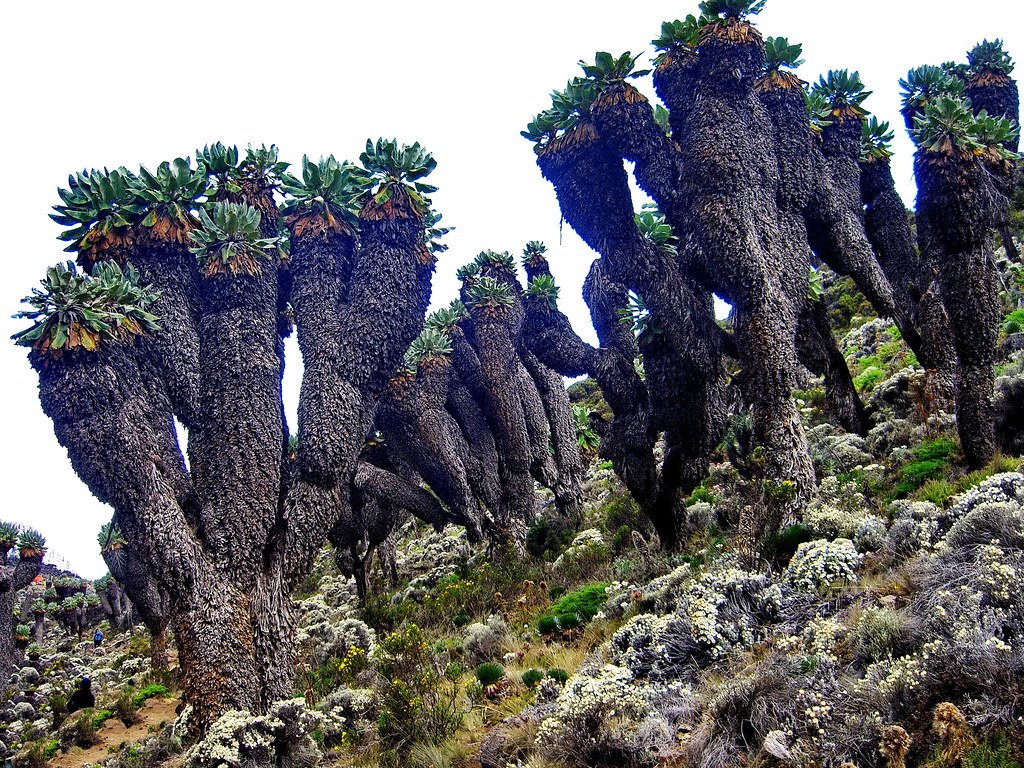
How giant groundsels manage to reproduce successfully in an environment with virtually no insects remains one of botany’s most intriguing puzzles. The few pollinators that do venture up to these extreme altitudes face the same harsh conditions that challenge the plants themselves, yet somehow the system works well enough to maintain stable populations. Some scientists suspect that wind plays a larger role than previously thought, while others believe that specialized high-altitude insects have evolved alongside these plants in ways we’re only beginning to understand. The mystery deepens when you consider that successful pollination must be precisely timed with the brief windows when conditions allow both plants and pollinators to be active simultaneously.
Standing among these towering botanical aliens, you can’t help but feel humbled by the incredible power of evolution to create solutions to seemingly impossible problems. Giant groundsels remind us that life finds a way to flourish even in Earth’s most challenging environments, developing strategies so sophisticated they seem almost magical. Their existence challenges our assumptions about what plants can achieve and offers hope that life might persist and adapt even as our planet faces unprecedented changes. Did you ever imagine that some of Earth’s most alien-looking inhabitants would turn out to be plants growing right here on our own planet?

